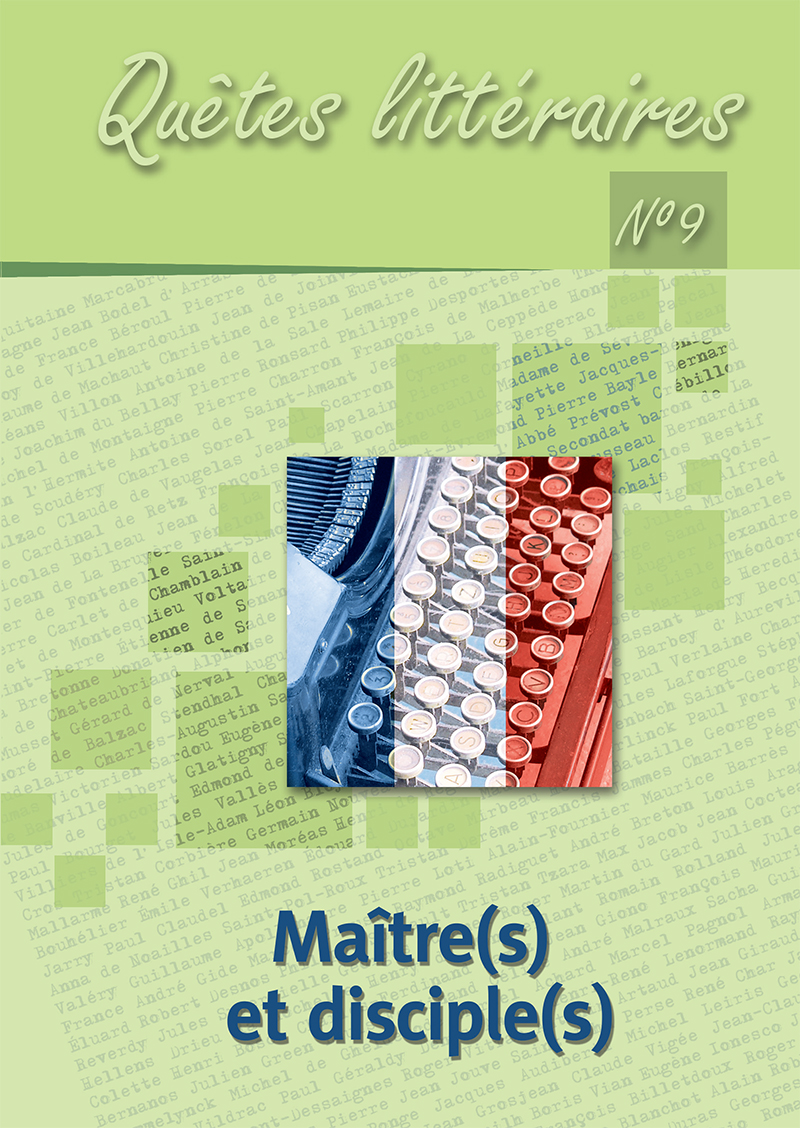Le maître et son disciple dans le Manuel de l’arriviste d’Henri Chateau ou comment devenir un arrivé
The master and his disciple in Henri Chateau’s Manuel de l’arriviste, or how to become an arrivé
Author(s): Anna Hanotte-ZawiślakSubject(s): Language and Literature Studies, Literary Texts, Studies of Literature, Comparative Study of Literature, French Literature, Theory of Literature
Published by: Katolicki Uniwersytet Lubelski Jana Pawła II, Instytut Filologii Romańskiej & Wydawnictwo Werset
Keywords: arriviste; Chateau; autobiographical narrative; master; arrivé
Summary/Abstract: Even the form of Henri Chateau’s novel, published in 1901, emphasizes the relationship between a master and his disciple. It uses autobiographical narrative and is based on the advice given by the arrivé to his young follower. The subject places the book among, what we call, arriviste novels – a category of the realist novel developed in 19th century, whose beginnings can be traced back to Stendhal and Balzac. Nevertheless, the structure of the narrative is singular and questions the very principle of arrivisme, inseparable from individualism. This paradox requires a reconsideration of the idea of teaching in such conditions. Our paper analyses the arriviste’s education process and presents the benefits and risks of the relationship between the master and his disciple.
Journal: Quêtes littéraires
- Issue Year: 2019
- Issue No: 9
- Page Range: 90-101
- Page Count: 12
- Language: French

